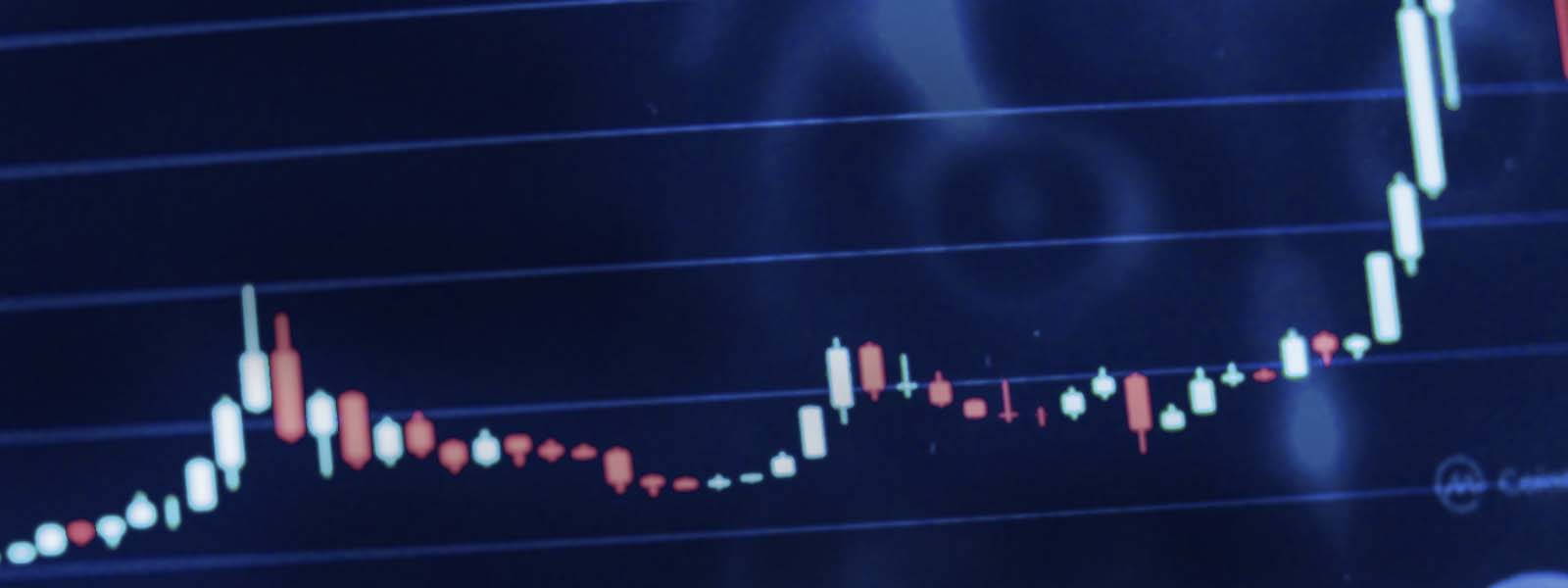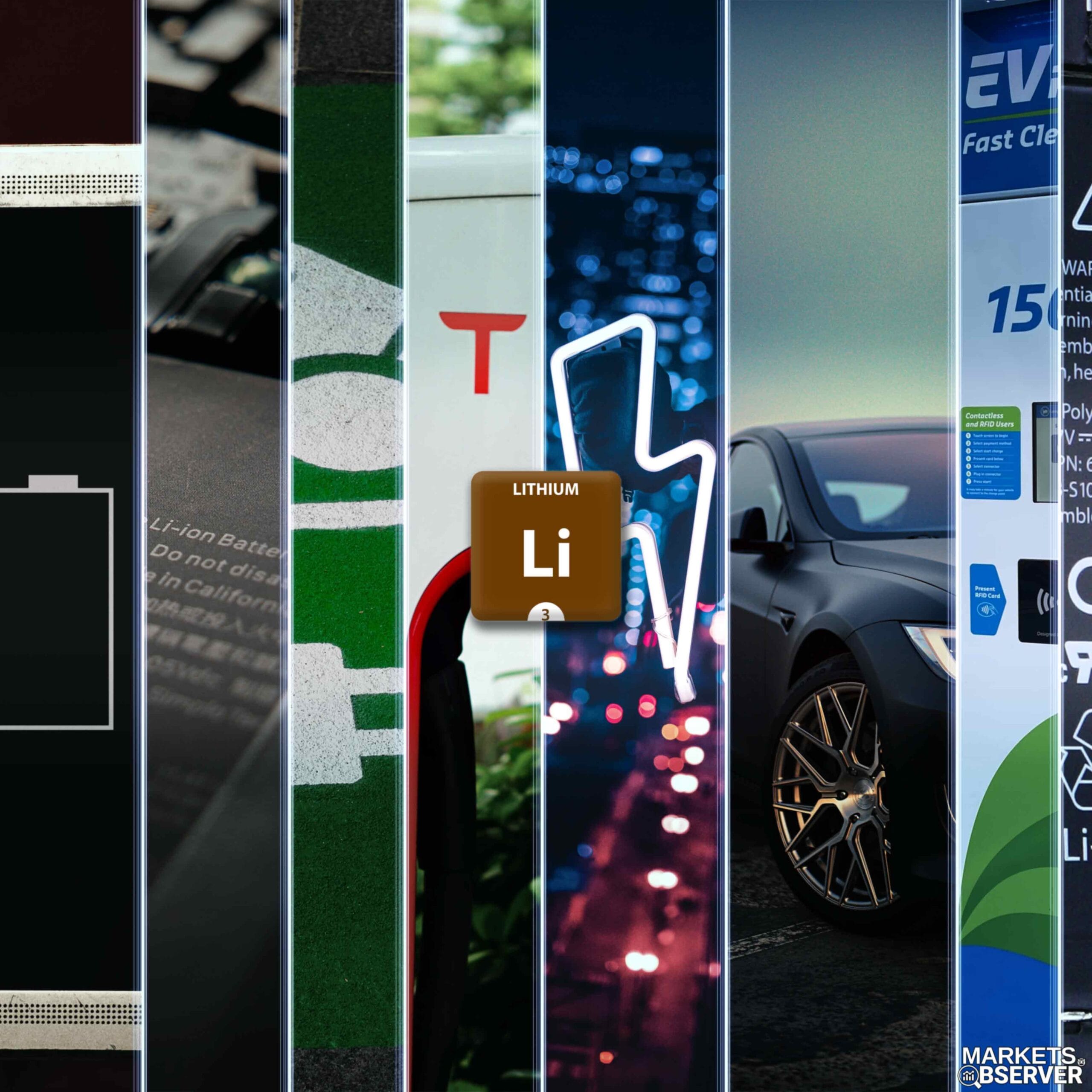- Lithium is a chemical element with the symbol Li and atomic number 3.
- It is a soft, silvery-white metal that belongs to the alkali metal group of the periodic table.
- It is the lightest metal and the least dense solid element.
- Lithium is highly reactive and flammable, and is stored in mineral oil.
- It is commonly used in batteries for portable electronics, as well as in certain psychiatric medications.
- It is also used in some industrial applications, such as in the production of ceramics and glass.
- Lithium is relatively rare in the Earth’s crust, but can be found in small amounts in certain types of rocks and minerals, such as spodumene and petalite.
Lithium is used in industrial applications, such as in the production of ceramics and glass.
Lithium is relatively rare in the Earth’s crust, but can be found in small amounts in certain types of rocks and minerals, such as spodumene and petalite.
The Lithium market has grown significantly in recent years due to the increasing demand for lithium-ion batteries, which are used in a wide range of portable electronic devices and electric vehicles.
The lithium market can be divided into two main segments: lithium carbonate and lithium hydroxide.
Lithium carbonate is used primarily in the production of ceramics and glass, as well as in some industrial applications.
Lithium hydroxide is used primarily in the production of lithium-ion batteries. The market is highly concentrated, with a small number of companies controlling a large share of the market.
The demand for lithium is expected to continue to grow in the coming years, driven by the increasing adoption of electric vehicles and the expansion of renewable energy sources. However, the market is also facing challenges such as oversupply, price volatility, and concerns about the environmental impact of lithium mining.
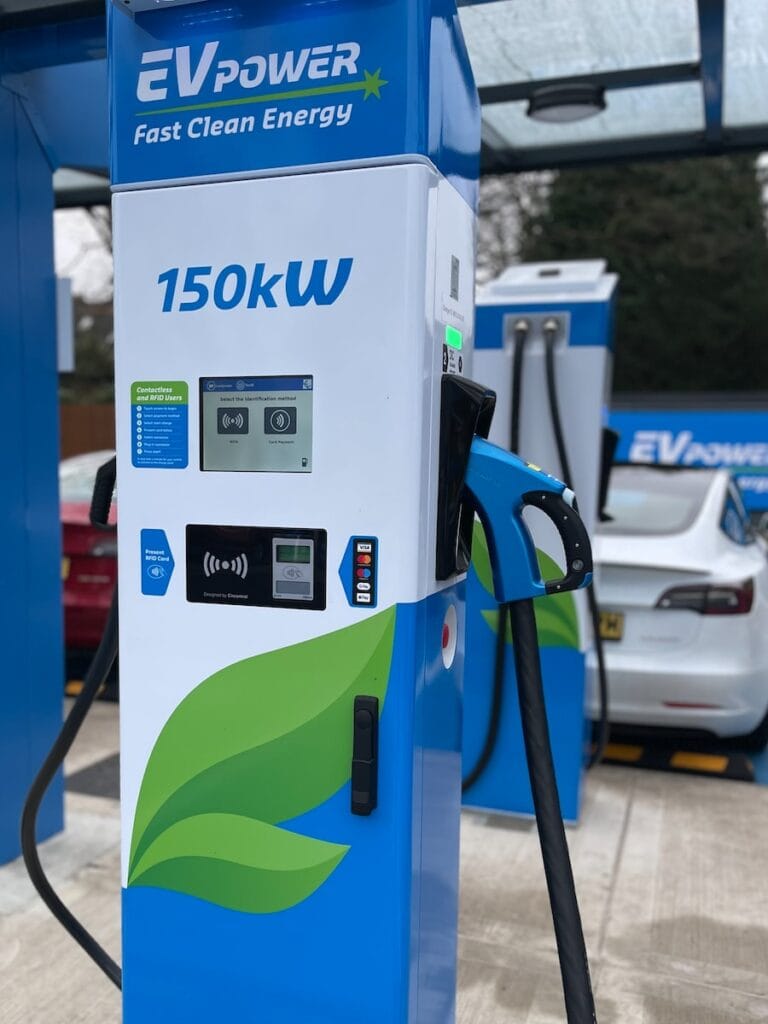


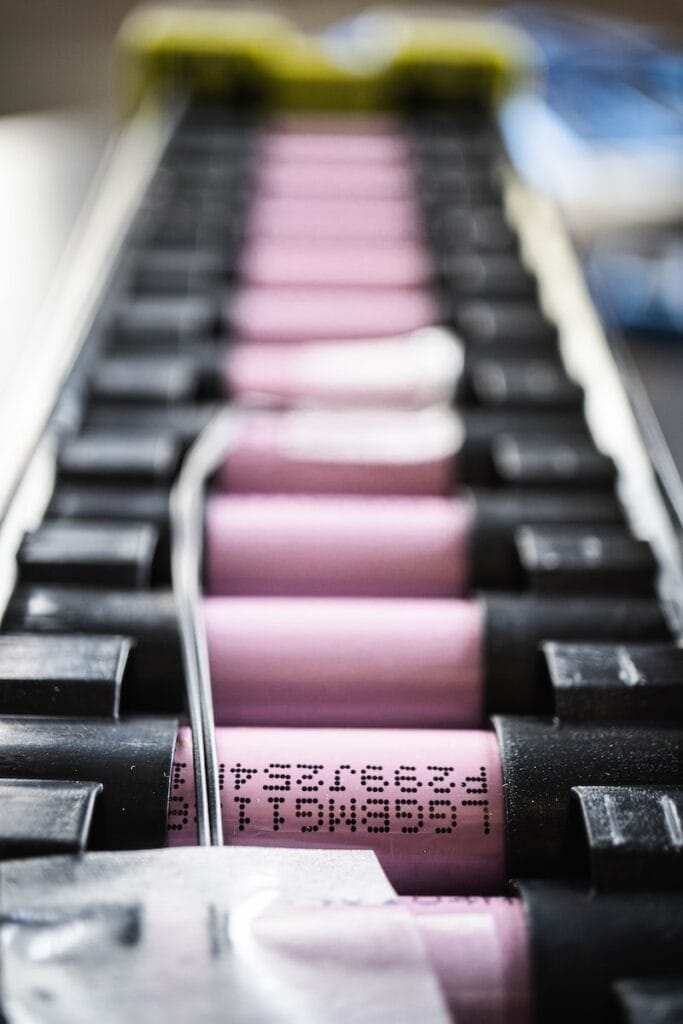
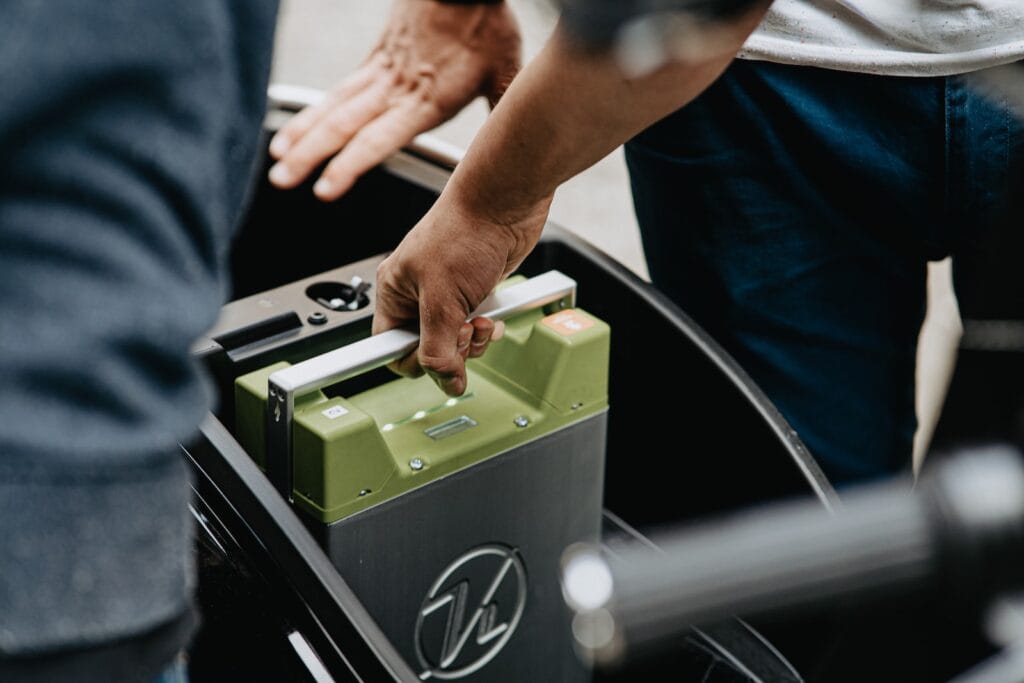
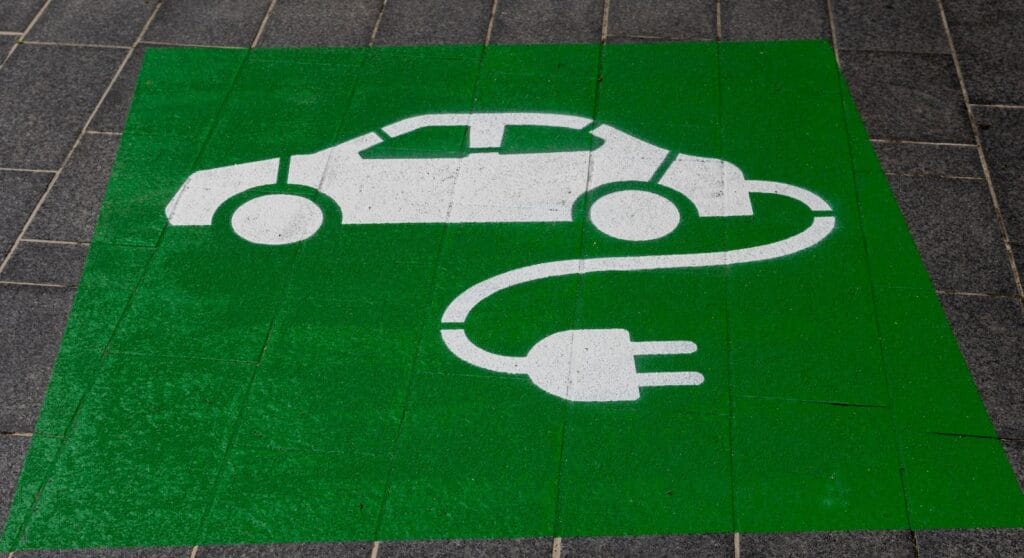
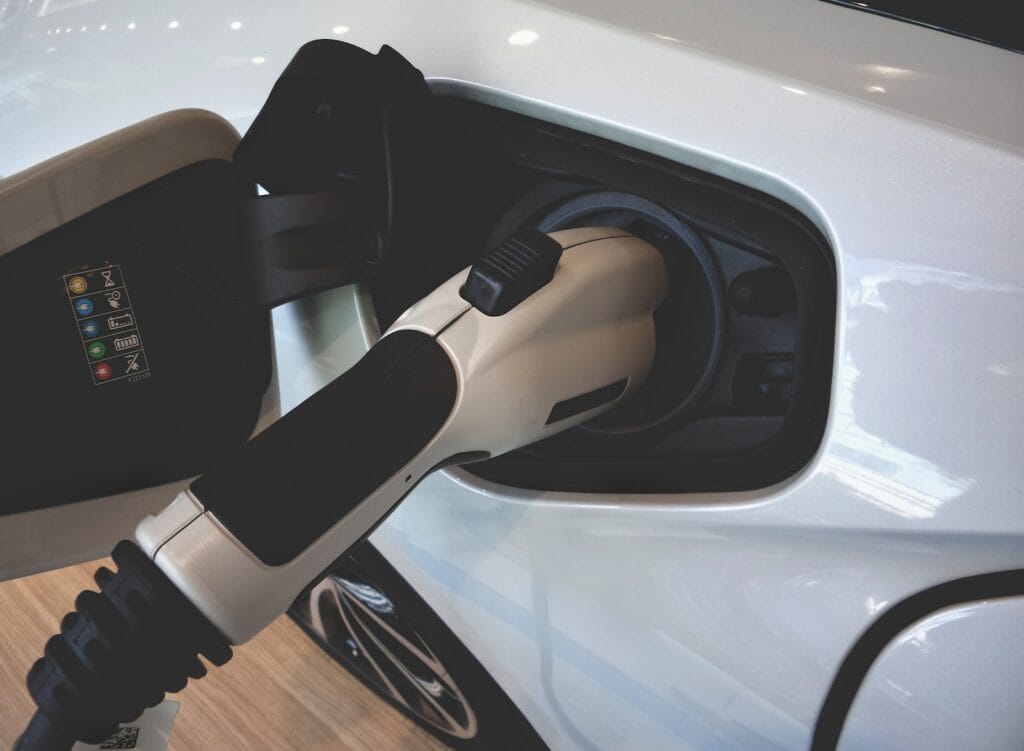
Lithium has a number of important uses due to its unique properties. One of the most common uses of lithium is in batteries. Lithium-ion batteries are widely used in portable electronic devices such as laptops, smartphones, and electric vehicles. They have a high energy density, which means they can store a lot of energy in a small space, and a low self-discharge rate, which means they retain their charge for a long time. This makes them ideal for use in portable devices and electric vehicles.
Lithium is also used in the manufacturing of certain types of glass and ceramics. When added to glass, lithium can make it more resistant to thermal expansion and help reduce its weight. In ceramics, lithium can improve strength and toughness.
Lithium is also used in certain psychiatric medications. Lithium salts such as lithium carbonate and lithium citrate have been used to treat bipolar disorder, a mental health condition characterized by episodes of mania and depression. Lithium is thought to work by changing the levels of certain neurotransmitters in the brain.
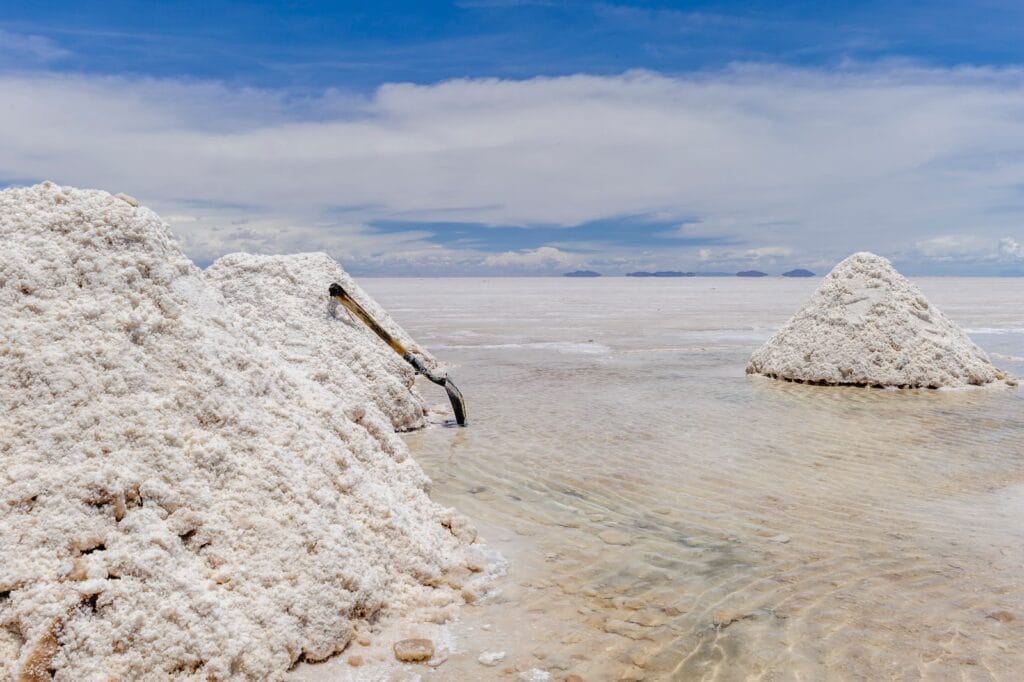
Lithium is mined from lithium-containing minerals, such as spodumene, petalite, and lithium clay. Chile, Argentina and China are the largest producer of lithium.
Overall, lithium is an important element with a wide range of uses due to its unique properties and is an important resource to the modern world.
